
Repair of Antique Rengetsu-Ware
The first restoration-newsletter from the kintsugi studio is about works from the collection of John Walker, a Swiss collector of historical ceramics. Over the course of this year, I restored a total of seven pieces for him, the majority of them in the style of Rengetsu-Yaki after Ōtagaki Rengetsu.
There is something special about working with antique ceramics. The story inherent in each piece invites you to let your imagination fly. Who has drunk from the bowl? Was the kyuusu owned by a lady or a scholar? Each time I take such a piece out of the furo and apply another coat of lacquer, I feel more connected than ever to the past and the society that gave birth to it.


Kyūsu
This kyūsu required repair of both cracks and chipped parts. The chipped parts were filled with tonoko, a fine Japanese clay, and then covered with layers of lacquer until they had the desired shape.
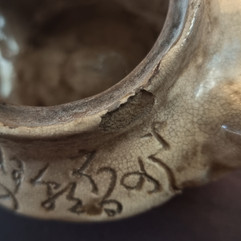

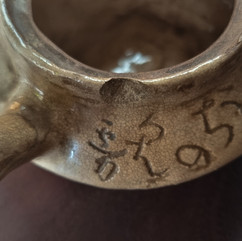
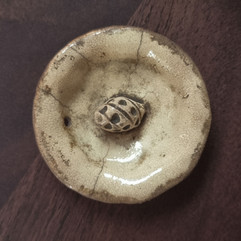
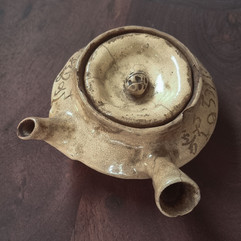
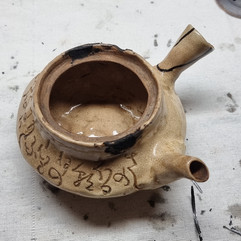
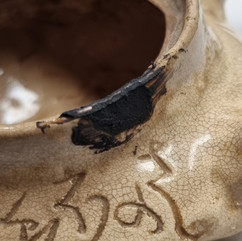
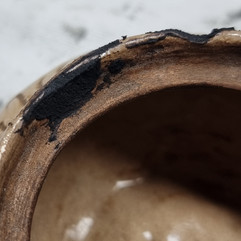

Shiboridashi & Chawan
This shiboridashi and chawan have only cracks in the ceramic. An application of urushi diluted with camphor oil allows the lacquer to soak into the crack, thereby sealing it. Then, as with the fractures, the crack is traced with bengara urushi and finished with powdered gold.
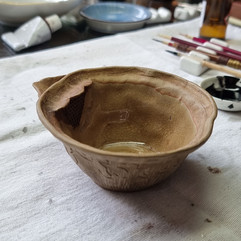
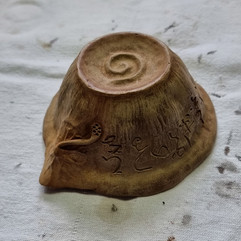
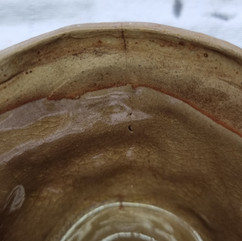
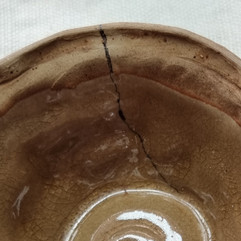

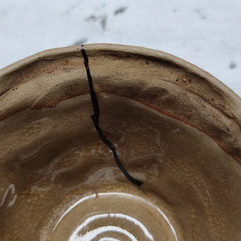
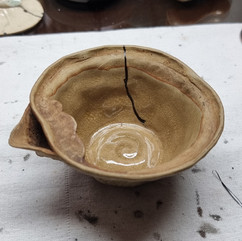
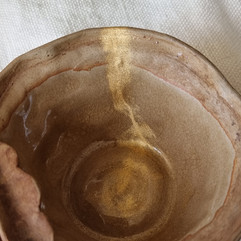

Hanaire
In this hanaire, the lower part is broken off and was remodeled with the help of a filling compound made of jinoko (Japanese clay).
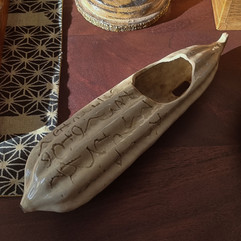
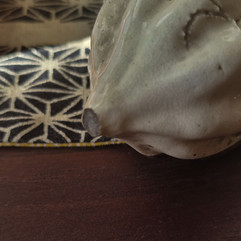
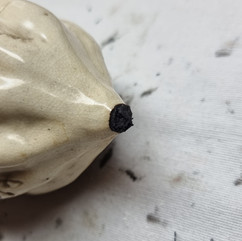
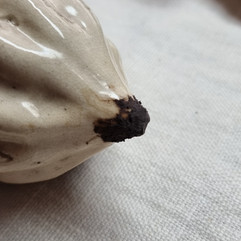
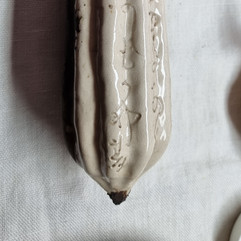
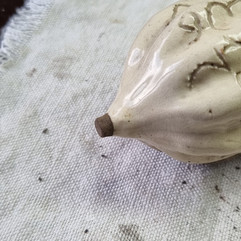
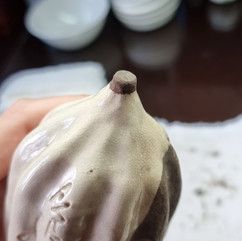
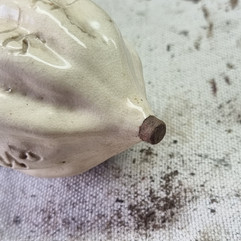

Bowls
Missing areas were modeled on both bowls using a jinoko (Japanese clay) filler.








